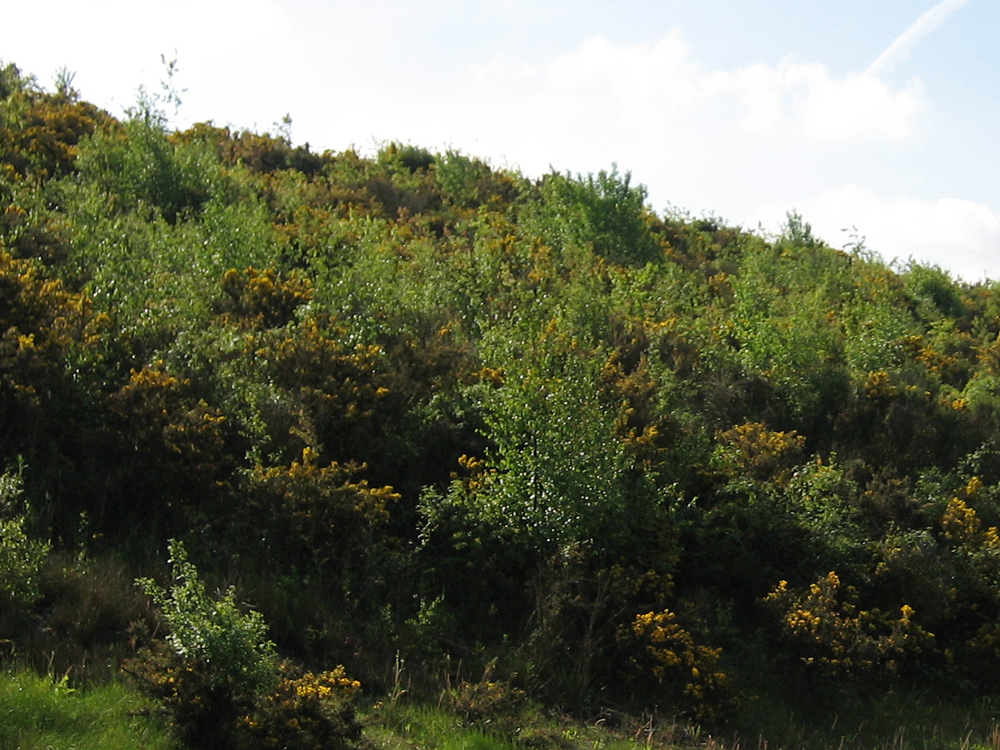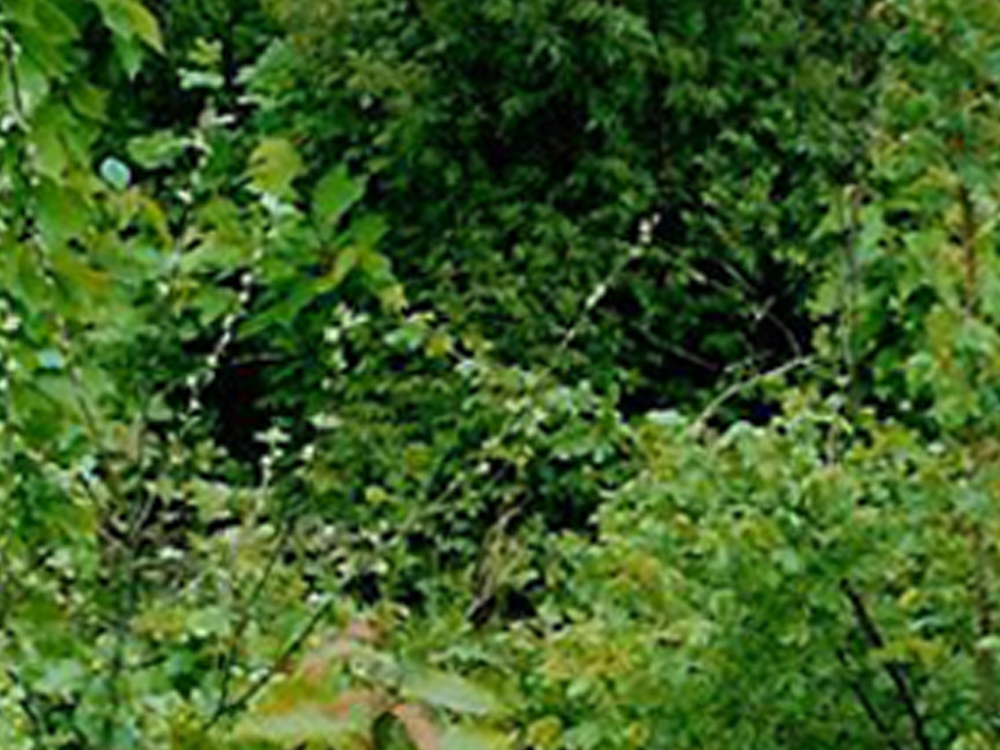CDTS was originally borne out of research done by Alistair Luke who did a PHD in direct tree seeding at Cambridge University and pioneered the process in the UK in the 1980’s. We have since taken on his research and work and developed the technique to provide a unique re-vegetation service by directly sowing tree and shrub species onto hostile sites.
While on the face of it the process appears to be relatively simple the reality is that it is a complex process requiring specialist knowledge and techniques from the initial site appraisal and species selection to the different methods required on site to apply the seed. CDTS have over the last 30 plus years have built up a unique database of knowledge and developed equipment specifically for direct tree seeding.
Direct tree seeding is best suited to hostile sites with low nutrient poor soils or subsoil’s, for example mining waste, demolition sites, coastal sites or any hostile environment where traditionally planted trees will struggle to thrive due to the nature of the site. Because the treated seeds are sown directly onto site the seedlings establish themselves in their final environment putting down strong roots to establish themselves, this enables them to thrive in the hostile environments which traditionally planted trees can suffer badly in and fail to establish.
Direct tree seeding specifications are written using data gathered on seed viability and field emergence rates to establish the likely success of establishing a seedling per m2 per given quantity of seed, with this information it is possible to produce a balanced naturally establishing woodland mimicking natural regeneration with the desired number of seedlings per m2 in the correct ratio. Along with the final selected species we generally sow nurse crops to aid establishment and provide a microclimate in the formative years while the main species establish.
Prior to sowing the tree seeds are treated to bring them out of dormancy using a number of techniques depending on each individual species. Once the tree seeds have had there dormancy broken they are categorized into different sizes and then sown onto the prepared site using a number of conventional and hydroseeding methods. This is generally done during the winter months as with traditional planting.
Once sown the seedlings establish over a number of years ultimately providing robust natural woodland. A large part of the process is controlling the detrimental factors which range from predation, to climatic extremes and invasive weeds, this is done by careful site appraisal and addressing the individual issues that each site presents using a number of different methods.
CDTS have long been the pioneers of Direct tree seeding in the UK and have seen a number of failed attempts by others due to lack of understanding and we can not stress enough that careful need for informed specification writing and execution which are imperative to ensure success.



